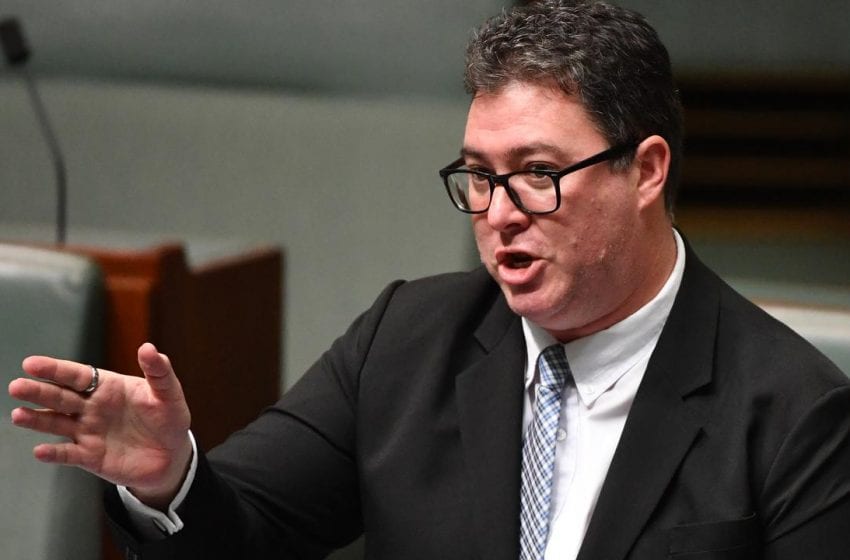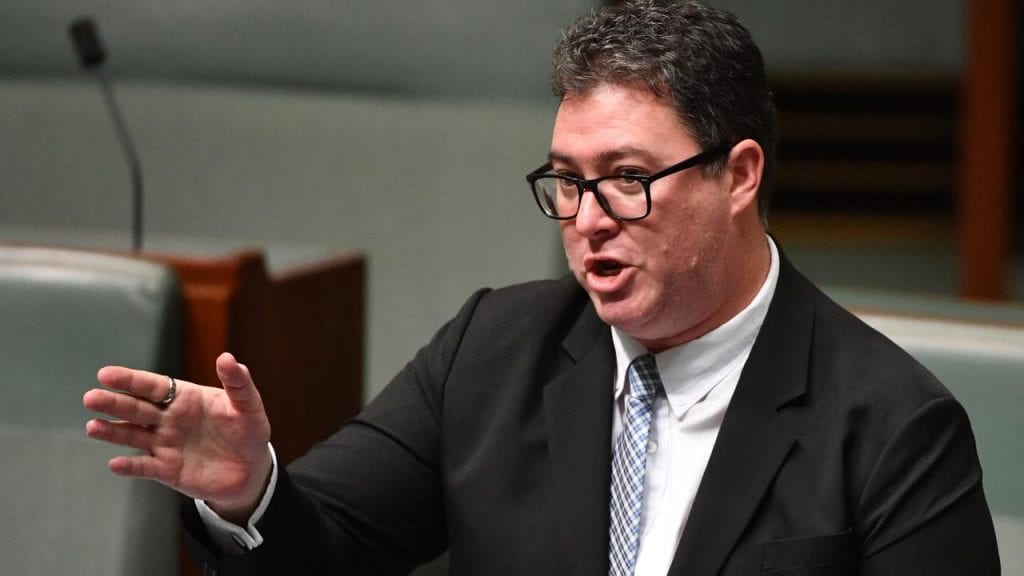A small but burgeoning product category was blighted when India prohibited the import, production, advertising and sale of vapor products in late 2019. The nationwide ban came after several states and union territories had implemented similar restrictions on electronic nicotine-delivery systems (ENDS) in previous years.
“This was the culmination of a five-year effort to ban e-cigarettes, which began in 2014 when the central government set up three panels to advise on the way forward,” explains Samrat Chowdhery, founder and director of the Association of Vapers India (AVI). “The way these committees were constituted—staffed with anti-tobacco harm reduction [THR] tobacco control experts and government officials—the outcomes were pre-decided and all three recommended a ban.”
Since then, the government had been turning on the screws. Opposition by consumers and later the vapor industry delayed the process but failed to prevent Parliamentary action. “Because of this uncertainty from the start, the e-cigarette market in India grew haphazardly without the involvement of major industry players and much below its potential,” laments Chowdhery.
Reliable data on India’s fragmented vapor market at the time of the ban are hard to obtain. Euromonitor reckons that around 0.6 percent of Indians used ENDS in 2018—a figure Chowdhery calls “conservative”—up from the 0.2 percent the World Health Organization (WHO) estimated for 2016–2017.
With online platforms being the key purchasing channels, according to Euromonitor, the Indian vapor industry comprised mainly small businesses—retailers, wholesalers, e-liquid manufacturers and a few vape shops, according to Chowdhery. “Devices were not made in India, relying solely on imports from China,” he says. “Still, the outlook for the market was good, slated to grow at 60 percent per year until 2022, following Euromonitor’s India report.”
The devices available catered to middle-class and upper-class segments of the population, who are predominantly cigarette smokers in their 20s to 50s. “This is, however, not to say that vaping technology cannot work for the lower, i.e., bidi-smoking segment,” says Chowdhery. “Devices like the CE6, despite not being manufactured in India—which would bring their cost further down—were available at price points bidi smokers could afford. India is among the largest producers of liquid nicotine, which would allow e-liquids to be made quite cheap. If the industry was encouraged to innovate in this space, more price-friendly solutions could be developed. We did not see a lot of conversion from smokeless tobacco to vaping, though there are some instances. One reason could also be affordability as smokeless products are even cheaper than bidis.”
Lost opportunity
In its argument for a ban, India’s government took its cue from the WHO, which supports the prohibition of vapor products and neglects their potential for THR. According to government officials, the ban was enacted amid concerns of youth uptake of vaping—a theory refuted by leading health experts and not fully supported by population data.
India’s approach is hard to comprehend from a public health perspective, given the number of tobacco users in the country. According to the WHO, India is home to 120 million smokers, representing about 12 percent of the world’s smokers. Only China has more smokers. Most cigarettes consumed in India are bidis, hand-rolled, inexpensive cigarettes that contain more nicotine, carbon monoxide and tar and present a greater risk of oral cancers than conventional cigarettes. An estimated 1 million Indians die from smoking-related diseases each year, the WHO says.
In addition, India has about 200 million users of smokeless tobacco, including various forms of chewing tobacco snuff and tobaccos that are applied to the teeth and gums. The most popular forms are khaini, zarda, naswar and gutka. While generally perceived as being less hazardous than combustible cigarettes, these products present several health issues. According to a Business Wire report, India’s oral cancer rate is the highest in the world.
Tobacco, however, is an important economic sector in India, which is the world’s second largest producer and third largest exporter of leaf tobacco. The industry employs roughly 46 million people. According to the Tobacco Board of India, tobacco products contribute more than inr430 billion ($5.65 billion) annually to the government’s tax revenue.
Contrary to the situation in most countries where combustible cigarettes dominate tobacco consumption, cigarettes and bidis together accounted for only 8 percent of India’s tobacco market in 2018, according to Research and Markets. Nonetheless, cigarette smokers bear an overwhelming share of the tobacco tax burden in India. In the smoked tobacco segment, legal cigarettes accounted for around 10 percent of consumption but approximately 86 percent of tax revenues. Cigarette taxes in India are among the highest in the world. Statista estimates that revenues in the cigarette segment will amount to $13.78 billion in 2020.
According to Research and Markets, the cigarette market is dominated by ITC with a market share of 84.27 percent (2018). The Indian government has a 28 percent stake in the company. The situation in India is complex, according to Chowdhery. “The Indian government is a major shareholder in the country’s largest cigarette maker, ITC, which likely sees vaping as a threat to its established core business,” he says.
“Then there are influential tobacco control groups funded by Bloomberg Philanthropies and backed by [the] WHO, which hold a highly prohibitionist mindset. Smoking, primarily cigarettes, which are also the primary market for vaping products, generates a significant amount of tax, which the government relies heavily on. Further, awareness about THR is quite low, starting from the top as was evident from the low-quality debate in Parliament when the vape ban bill was discussed. These factors combine to make a powerful force against vaping, which will take some serious effort to counter,” says Chowdhery.
Into a black market
In recent years, the AVI has been pushing back against restricting access to reduced-risk tobacco alternatives, Chowdhery says. “Our efforts are mainly in three categories: legal, lobbying and awareness. In 2016, we moved court against the vape ban in the state of Karnataka and over the next three years filed similar challenges in other states, which had the cumulative effect of delaying the ban for almost two years as the state machinery was forced to reverse positions and find new ways to implement a ban. More recently, we filed another challenge against an ad hoc order of the civil aviation ministry that has led to confiscation of vape devices from air travelers, despite consumption not being banned. We have also reached out to lawmakers to sensitize them to THR as an intervention strategy and have also launched public-facing awareness programs. A small study was done to evaluate the effectiveness and affordability of vaping for bidi smokers with encouraging results.”
He observes that morale among vapers is low in the wake of the ban, but resilience is building. While some vapers have left advocacy groups, others have become more dedicated to fight the ban. “There are some, especially those who had recently switched and were still on the journey to completely transition to vaping or those who do not have access, that have gone back to smoking,” says Chowdhery. “This is an extremely negative outcome. But there are also many who are trying to figure out alternative means. These are bleak times. The state machinery is in full swing to further demonize vaping and turn public opinion against it while the devices themselves are hard to find.”
The ban is likely to fuel an illicit e-cigarette market. When states prohibited vapor devices, some started importing vapor products under the “electronic products” category. Enforcement of regulations in India is weak—witness the difficulty authorities have had enforcing state bans on gutka, which is used by more than 25 percent of India’s population.
Yet there are key differences between the gutka and vapor business, according to Chowdhery. “The gutka industry is primarily run or backed by politicians or those with deep connections, he explains. “It was widely used before the ban so there was a large consumer base; it was not competing with another product, as vaping competes with cigarettes; and the gutka ban left loopholes that were easy to exploit: Gutka makers now sell the areca nut mix and tobacco separately, both of [which] are not individually prohibited. None of these hold for e-cigarettes. It is true, however, that enforcement is lax in India, and as long as there is demand, there will be suppliers to fulfill it.”
While the ban is recent, Chowdhery is already witnessing a change in market dynamics as established businesses exit and newer, smaller ones adapted to a prohibitionist environment take their place. “This is likely to continue for some time until a new structure emerges, which will also be influenced by enforcement actions and the willingness of the authorities to take them,” he says. “But if the experience of other low-[income] and middle-income countries [LMICs]—Brazil, Mexico, Thailand, etc.—is any indicator, it won’t be long before there is a thriving black market in India. Consumer interests, however, are not best served through this means as there is little control on quality, standards and prices.”
Missing the target
In 2017, India set itself the target of “relative reduction in prevalence of current tobacco use by 15 percent by 2020 and 30 percent by 2025.” With tobacco control focusing almost entirely on cigarettes, which account for only a small share of tobacco consumption in India, Chowdhery says it is unlikely that India will achieve its goal.
“It is evident that a vape ban is both a lost economic and health opportunity,” he says. “After the government ban on e-cigarettes, vapers have been forced to either go back to smoking or resort to a black market, both of which are detrimental to the nation’s health policies and the ban itself. One the one hand, 120 million smokers are deprived of an effective means to quit or reduce harm. On the other [hand], with no quality control over the black market, chances of vapers consuming tainted products and untoward fatalities in the process is a real concern.”
Chowdhery does not expect the situation to improve soon unless the courts intervene. The AVI is hoping regulators will allow for some “carve outs” from the ban.
“In the meantime, the gap between nations that allow or promote vaping and those like India that have banned it will grow in terms of smoking decline rates and tobacco-related mortality and morbidity,” says Chowdhery. “THR awareness, too, is likely to increase, and demonstration of vaping working for the poorer sections, the bidi smokers, could help convince policymakers of its benefit. Acceptance of THR in smokeless tobacco use, for instance snus replacement for gutka and khaini users, could help expand its application to smoking.
“The vaping ban is in place; it is a reality we have to accept, and overturning it will be a slow, determined process, though we do have encouraging examples from Canada and the United Arab Emirates, which revised their positions,” concludes Chowdhery. “But it is more likely that things will get worse before they become better as there is now a trend in LMICs, pushed by [the] WHO and Bloomberg Philanthropies, to opt for bans [rather] than regulations.
















